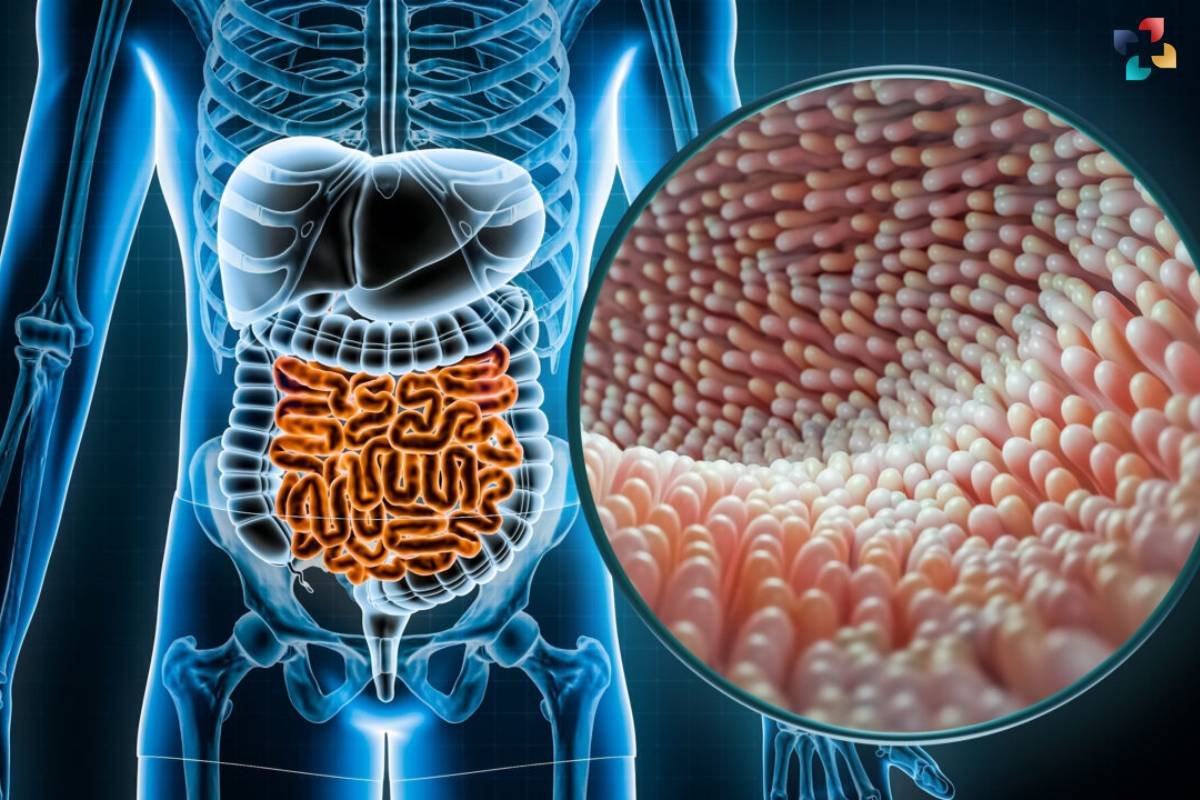Source-The Epoch Times
The variety of enzymes that microorganisms employ to make energy in the low-oxygen environment of the gut is highlighted by a survey of bacterial genomes.
The gut microbiome is frequently referred to as an additional digestive organ due to its great benefits to human health and digestion. The intestine’s large population of bacteria and other microorganisms aids in the breakdown of food and produces nutrients and other metabolites that have a variety of effects on human health. According to recent research from the University of Chicago, some of these microbial assistants are also incredibly resourceful, possessing a wide range of genes that enable them to produce energy for themselves and maybe have an impact on human health.
Novel Research Results
The study, which was published on January 4, 2024 in Nature Microbiology, found that three genetically unrelated groups of gut bacteria employ 22 metabolites as a substitute for oxygen during respiration in the anaerobic gut environment. These bacteria also have significantly more copies of their genes for making the enzymes that break down these alternative metabolites—up to hundreds—than have been found in bacteria found outside of the digestive tract. These findings imply that anaerobic gut bacteria might also be able to generate energy from hundreds of different substances.
“These are instances of some of the unusual metabolisms that influence all these distinct metabolites generated by the gut microbiome,” stated Sam Light, PhD, senior author of the study and the Neubauer Family Assistant Professor of Microbiology at the University of Chicago. “This is intriguing because the production or modification of these tiny molecules by the microbiome, which can subsequently enter our bloodstream and function as drugs, is one of the primary ways the microbiome affects our health.”
The Hidden Powers of Gut Bacteria: Thriving in an Oxygen-Free World
Comprehending the Process of Cell Respiration
Normally, when we think of respiration, we think of breathing in oxygen at the organism level. Respiration is the term used to describe a metabolic process that produces energy at the cellular level. While most cells require oxygen to breathe, some have evolved to use other molecules in anaerobic settings, such as the inside of the colon.
Fermentation and respiration are the two primary metabolic processes used by cells to generate energy. During fermentation, the organism immediately produces energy by dissolving molecules. Two molecules are involved in respiration: an electron acceptor and an electron donor. Oxygen serves as the acceptor and glucose as the donor in a well-known illustration of this process. Before transferring the recovered electrons to an oxygen molecule, the cells go through a sequence of steps to break down the glucose. This causes the cell to produce adenosine triphosphate, or ATP, which is the fundamental energy source used and stored within cells.
Gut Microbes’ Distinct Breathing
The majority of gut microorganisms are known to employ fermentation, but there are also a number of bacteria that have respiratory metabolisms, such as those that use sulphate and carbon dioxide as electron acceptors. Light and his associates examined over 1,500 genomes from a database of human gut bacteria in order to conduct the new investigation. The distribution of genes that create reductases, which are enzymes that utilise various respiratory electron acceptors, was seen to be unexpected.
A tiny percentage of genomes encode more than thirty distinct reductases, whereas the majority only encode a handful. These bacteria originated from three different and distantly related families—the Burkholderiaceae, Eggerthellaceae, and Erysipelotrichaceae—that were separated by hundreds of millions of years of evolutionary history, indicating that they were not closely linked.
Compared to bacteria with respiratory metabolisms that exist outside of a host organism and mostly use inorganic substances, these bacteria seem to be more adaptive. Light and colleagues found that the respiratory gut bacteria are specialised in different organic compounds, which makes sense considering the continuous supply of food.
“The food we eat contributes a great deal of organic materials to the gut. Because of its molecular complexity, more enzymes are required to handle it in that setting, according to Light. “We believe that the diversity of these genes allows gut bacteria to utilise a wide range of available resources.”
Consequences for Human Health
A few of the metabolites they employ also have intriguing consequences for gut health in humans. For instance, blood levels of imidazole propionate, an amino acid byproduct, are higher in type 2 diabetics. Itaconate is a metabolite that macrophages make in response to infections, while resveratrol is another metabolite that affects several immune system and metabolic functions.
Light thinks that future studies along these lines may shed light on the roles played by various gut microorganisms and enable us to use that knowledge to promote better health.
“I hope that by better understanding these distinct metabolisms and how they function, we will be able to develop strategies to intervene and modulate the flow of metabolites through these different pathways, either pharmacologically or through diet,” he stated. Thus, we could regulate which metabolites are created to have a therapeutic advantage in any situation, such as type 2 diabetes or after an infection.
Reference: “Dietary- and host-derived metabolites are used by diverse gut bacteria for anaerobic respiration” 4 January 2023, Nature Microbiology.







